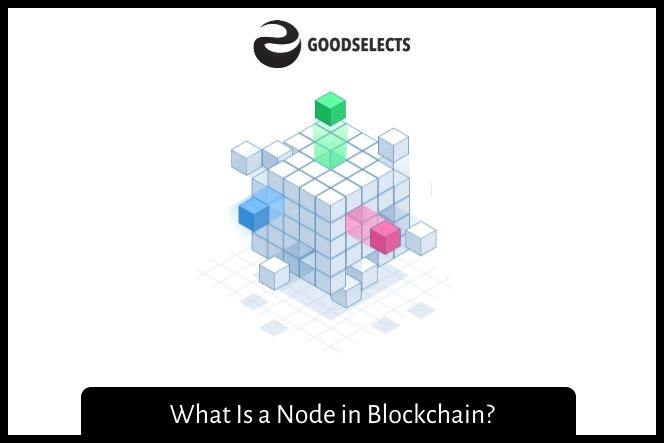What is a node in blockchain? First, what are the different types? There are Lightweight nodes and Authority nodes, both of which do not hold full copies of the blockchain. Archival full nodes host the complete blockchain and are considered powerful. Finally, there are Masternodes, which are much more powerful than regular nodes. But how do you choose the best one for your needs? Read on to learn more.
Lightweight nodes do not hold full copies of the blockchain
Although light nodes do not hold full copies of the entire blockchain, they serve a similar purpose. Typically, they hold the block header, which seeks to support the volatility of previous transactions. The block header is a detailed summary of a particular block, including information about the previous block. Lightweight nodes are cheaper to own than full nodes. In theory, a full node will hold a complete copy of the blockchain.
Lightweight nodes do not hold full copies, but they do download chain headers and request transaction data from full nodes. A block header is the smallest unit of the chain, referring back to the previous block’s header. A block header holds condensed versions of all the information in a block, including the time stamp, Merkle tree root, and hash of the previous block.
Authority nodes download the blocks
The process of downloading the blocks in a blockchain begins with an initial synchronization process known as the “chain synchronization”. When the copy process is complete, the client starts the blockchain syncing process. It requires an incoming connection through port 8333. This incoming connection will allow the client to send the data from the blockchain to the node. If this connection is interrupted, the client must manually restart the node.
During this process, a node, which has been configured as an authority, downloads and stores the blocks of the blockchain. It also broadcasts the blockchain transaction history. In this way, it can determine the identity of other users and keep track of their transactions. Nodes can be either online or offline. Online nodes receive the latest blocks while offline nodes do not. Offline nodes have to download the blocks added to the blockchain since they went offline.
Archival full nodes host the entire blockchain
Full nodes store the entire blockchain and include a block explorer that lets you look up the history of a transaction or address. Full archival nodes do not add new blocks. Archival nodes can also read the current state of the blockchain and submit extrinsics directly to the network. A full node must have at least two TB of disk space. The storage must be SSD or other type of high-speed storage.
Archival full nodes are basically full nodes with massive cached historical data. They do not provide validation or security, but they do have a history of the blockchain that they are hosting. Consequently, they are ideally suited for machine learning or data companies. While archival nodes are a valuable part of the blockchain infrastructure, they are not sufficient for most applications. If you’re not familiar with the different types of nodes, here are some important features to look for.
Masternodes are more powerful than regular nodes
While a blockchain is great for creating an immutable record of transactions, it’s not ideal for boosting efficiency. The masternode system fixes this by splitting the blockchain into two networks: one that does the hard math, and another that verifies proof-of-work transactions. A masternode is more powerful than a regular node in many ways. To learn more, keep reading!
Masternodes are full nodes that perform additional functions besides mining. They are not used to mine crypto coins but rather to validate transactions. Unlike miners, they also earn rewards from every block “solved” by a network. The CoinGecko Q3 2018 Cryptocurrency Report indicates that more crypto enthusiasts are moving into the masternode space, likely due to the bearish market.
Lightning nodes reduce congestion
The Lightning Network is a protocol that allows users to route transactions through off-chain channels in order to reduce congestion on the Bitcoin blockchain. Each transaction is sent via an intermediary who forwards the collateral through different channels. For example, party 1 needs to have l Bitcoins in their account to send a payment. This allows the Lightning Network to reduce the burden on the Bitcoin network by reducing the time it takes for payments to be confirmed.
The transaction fees associated with Bitcoin transactions are high, especially when the transaction is small. Congestion on the Bitcoin network can also increase transaction fees, as miners are rewarded for adding transactions to a block. Lightning Network nodes are more efficient in utilizing the block space available, thereby improving the capacity of the network while reducing transaction costs. The network is a new way to send and receive payments, and it can help Bitcoin users and miners both.




































